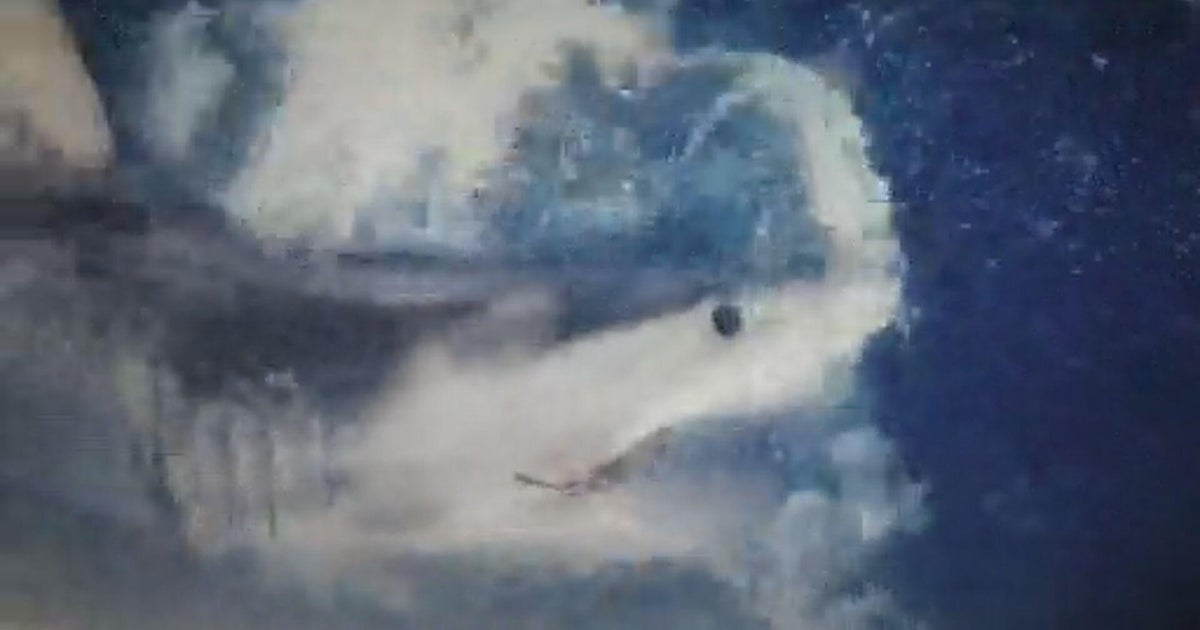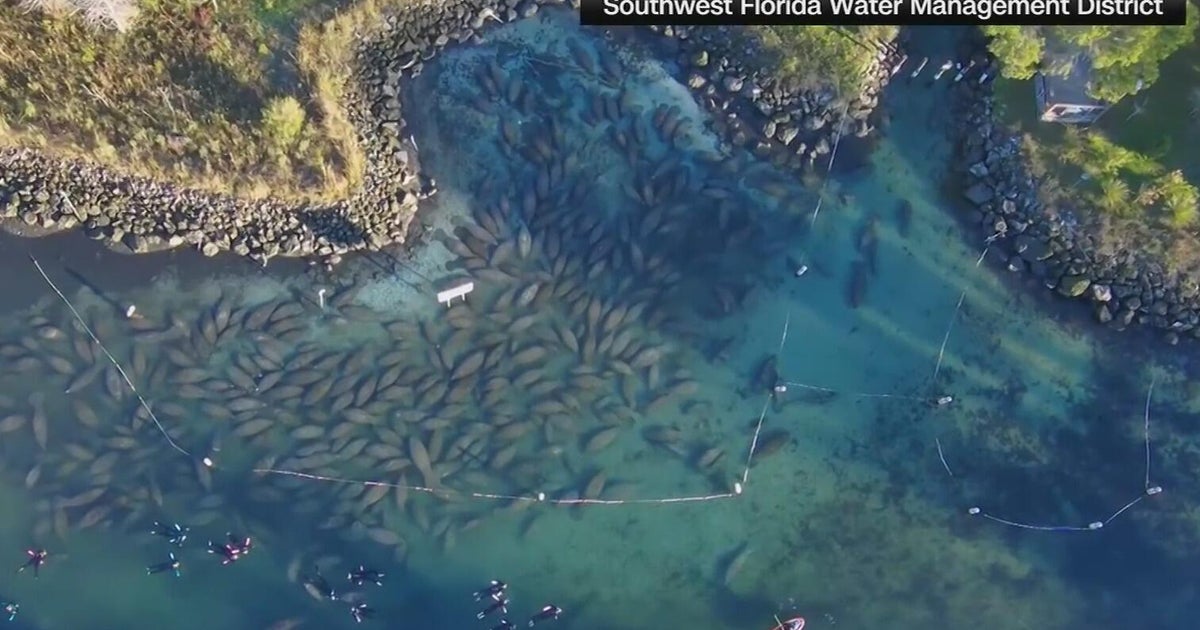Great white shark sightings off the coast of Maine triggered warnings Wednesday for people to stay out of the water. Those sightings are not new in South Florida, but they do get a lot of attention.
That’s why CBS News Miami went out on the water to learn why we see sharks so often and what it means for our ecosystem.
A shark reeled in miles off the coast of Fort Lauderdale in May and just weeks later, a little girl was bitten off the Gulf Coast. Shark stories are everywhere.
“The thing we like to say is that if you’re in the water and it’s salty, there’s probably a shark nearby,” said Catherine MacDonald, the director of the University of Miami’s Shark Research and Conservation program.
For MacDonald and her team, that’s exactly what they are hoping for.
South Florida waters are perfect for shark populations
This nurse shark was one of many they caught on their trip.
“We take a few small tissue samples, blood samples and measurements that we use to study the health of sharks here,” she said.
Here in Biscayne Bay, it’s a perfect place for researchers to monitor shark populations over the long term.
In 2024 alone, UM’s Shark Research and Conservation program reeled in and tagged over 550 sharks. The bay is perfect for these species to have and raise their young, but it’s changing.
“Because the estuary is warming 6.9 times faster than the ocean, there is reason to be concerned that, between human impact and warming, we may see this habitat become less good for them as time goes on,” MacDonald.
High school students learn about conservation through shark tagging
For Delaney Reynolds, preserving this habitat is a calling and has been a longtime goal of hers.
“I went on my first shark tagging trip with the University of Miami in high school, and I knew the second I stepped on the boat that this was something I wanted to do,” she said.
Reynolds has been doing that for years now as a PhD student at UM. She is seeing how the changing water is affecting the sharks.
From that first tagging trip to now this, Reynolds — now the teacher for current high school students — may be the future for these summer scholars taking part in their first shark tagging trip.
“You get an adrenaline feeling when they come on board, you get those lines in and it’s exciting,” said UM summer scholar Sam Lambert.
High school students come to South Florida from across the country to explore firsthand with the research team.
“We don’t have an ocean in Chicago — we have a lake,” said Camila Johnson, another summer scholar. “I wanted to explore the exotic wildlife [and] learn more.”
Excitement was felt four times when three nurse sharks and a black tip shark were reeled in and tagged.
“Every time we see a shark, it’s not the summer scholars that are excited but my team as well,” MacDonald said.
So no matter what the species, the students and researchers like what they see today.
Researchers told CBS News Miami that the number of sharks here is mostly stable, or even increasing slightly, which is good news for South Florida’s environment.
“Sharks being present in the ecosystem is a good sign for how well it is functioning and sharks being absent means there are more problems with the system itself, or it has become so damaged that sharks have moved,” MacDonald said.
A good sign so far, but something these current and potential future scientists will continue to monitor.



